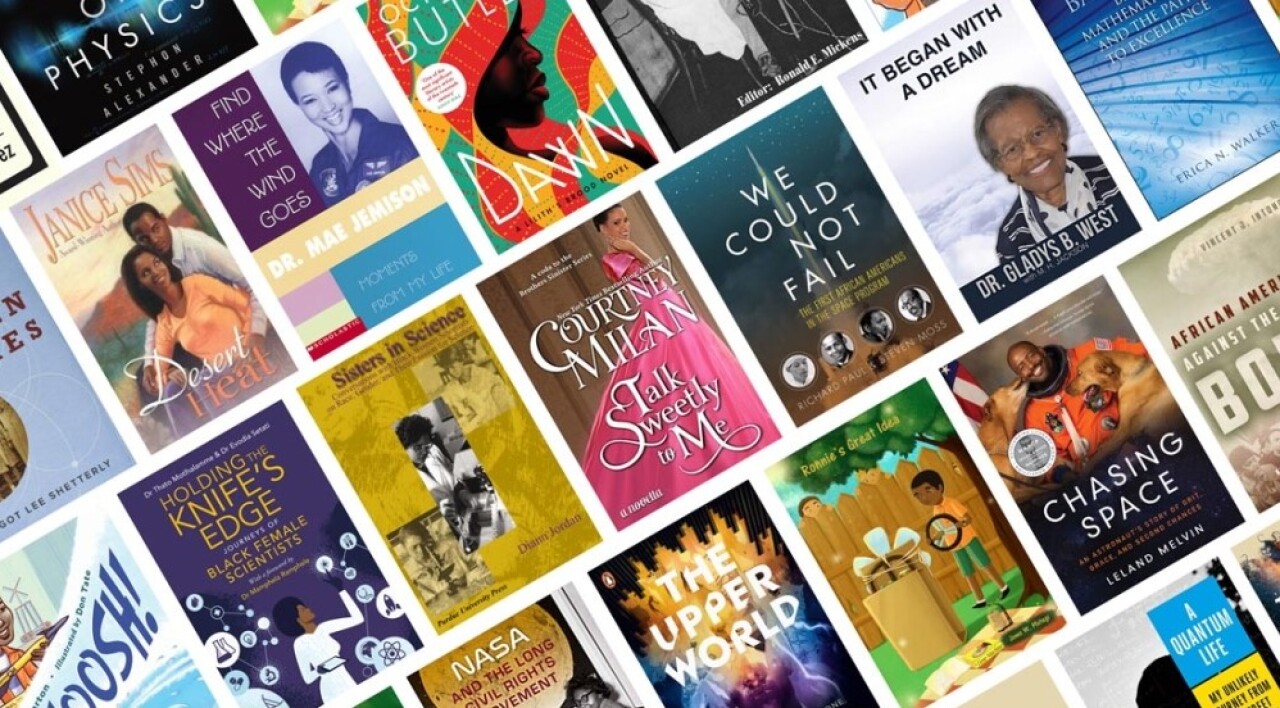
February is a time to reflect on and honor the profound legacy of Black leaders who have shaped our world. It’s also a time to refocus efforts on creating a brighter and inclusive future brimming with opportunities.
Research shows that diversity, equity, and inclusion are essential to the success of the physical sciences. Black scientists are valued contributors to that success. AIP has an archive of materials that highlight their inspiring stories from the past, aligning with our future-focused mission to advance the physical sciences with a unifying voice of strength from diversity.
No two scientists are alike — learn about a Black medical physicist’s journey in the video below.
Julianne Pollard-Larkin, Ph.D.
Physics Section Chief, Thoracic Service
MD Anderson Cancer Center
-
Black history is a rich narrative of resilience, strength, innovation, and triumph. As a proud Black female leader at AIP, it fills my spirit with joy to lead meaningful initiatives that both honor my ancestors and help pave the way for future physical scientists. As we turn the pages of history, I’m excited to continue championing inclusivity, respect, and shared brilliance to make way for the next generation of Black excellence.
-
As we celebrate and honor inspiring and impactful achievements of Black scientists this month, it’s important we continue to forge a path to future successes. The physical sciences thrive when cultivating diverse perspectives and empowering inclusive participation are a priority. AIP and its Member Societies have a shared commitment to creating a culture of inclusion and belonging in the physical sciences, thereby advancing our science and our community’s success.
Finding the right mentors and support systems is an integral contributor to Black students’ degree attainment and overall success and persistence in the physical sciences (TEAM-UP Report). Societies like the National Society of Black Physicists promote the professional well-being of African American physicists and physics students, while grassroots organizations like Black in Physics , Black in Astro , and Black in Biophysics offer systems of support, guidance, and networking for Black scientists within their specialized fields.
We’ve collected our archival images, statistical data, teaching resources and news and analysis to inform and inspire you during Black History Month and beyond. As you do, be sure to follow our channels and join in on the conversation.





We’re sparking a revolution in the community through the TEAM-UP Together collective action initiative with a goal to double the number of African Americans earning bachelor’s degrees in physics and astronomy by 2030.
Based on the findings and recommendations in the groundbreaking report, “The Time is Now: Systemic Changes to Increase African Americans with Bachelor’s Degrees in Physics and Astronomy,” we are empowering stakeholders across the scientific ecosystem to catalyze systemic change and enhance the lived experiences of Black undergraduates in physics and astronomy.
TEAM-UP Together is championed by five organizations: AIP, the American Association of Physics Teachers (AAPT), American Astronomical Society (AAS), American Physical Society (APS), and the Society of Physics Students (SPS).



















